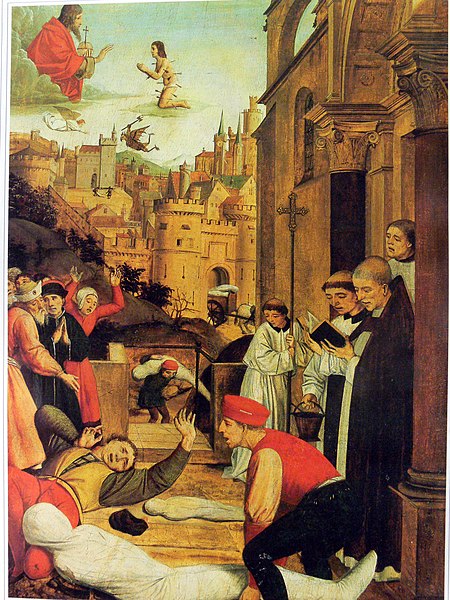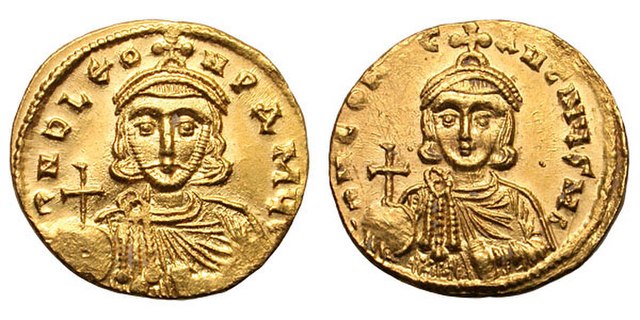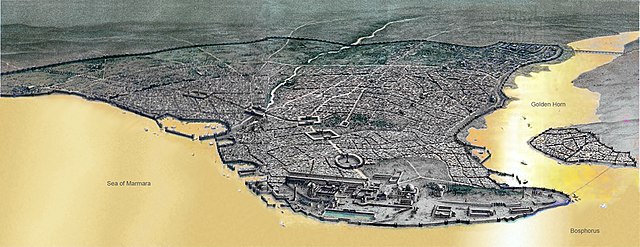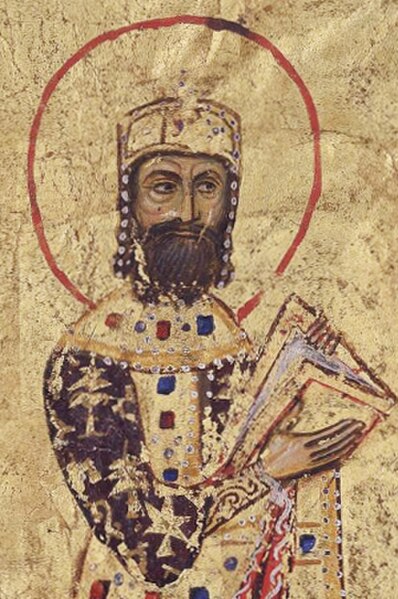The plague of Justinian or Justinianic plague was an epidemic that afflicted the entire Mediterranean Basin, Europe, and the Near East, severely affecting the Sasanian Empire and the Byzantine Empire, especially Constantinople. The plague is named for the Byzantine Emperor Justinian I, who according to his court historian Procopius contracted the disease and recovered in 542, at the height of the epidemic which killed about a fifth of the population in the imperial capital. The contagion arrived in Roman Egypt in 541, spread around the Mediterranean Sea until 544, and persisted in Northern Europe and the Arabian Peninsula until 549. By 543, the plague had spread to every corner of the empire. As the first episode of the first plague pandemic, it had profound economic, social, and political effects across Europe and the Near East and cultural and religious impact on Eastern Roman society.

Saint Sebastian pleads with Jesus for the life of a gravedigger afflicted during the plague of Justinian. (Josse Lieferinxe, c. 1497–1499)
A characteristic of Yersinia pestis infection is necrosis of the hand. (photo from 1975 plague victim)
Incomplete basilica in Philippi; its construction is believed to have been halted by the plague of Justinian.
The Byzantine Empire, also referred to as the Eastern Roman Empire, was the continuation of the Roman Empire centered in Constantinople during Late Antiquity and the Middle Ages. The eastern half of the Empire survived the conditions that caused the fall of the West in the 5th century AD, and continued to exist until the fall of Constantinople to the Ottoman Empire in 1453. During most of its existence, the empire remained the most powerful economic, cultural, and military force in the Mediterranean world. The term "Byzantine Empire" was only coined following the empire's demise; its citizens referred to the polity as the "Roman Empire" and to themselves as "Romans". Due to the imperial seat's move from Rome to Byzantium, the adoption of state Christianity, and the predominance of Greek instead of Latin, modern historians continue to make a distinction between the earlier Roman Empire and the later Byzantine Empire.

Gold solidus of Leo III (left), and his son and heir, Constantine V (right)
Constantinople was the largest and wealthiest city in Europe throughout late antiquity and most of the Middle Ages until the Fourth Crusade in 1204.
The seizure of Edessa (1031) by the Byzantines under George Maniakes and the counterattack by the Seljuk Turks
Alexios I, founder of the Komnenos dynasty







